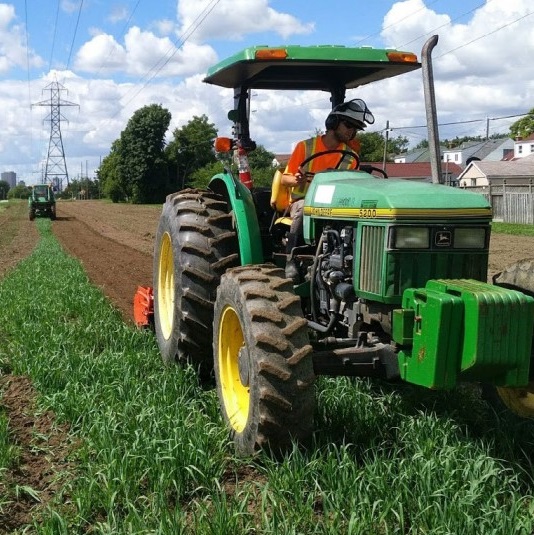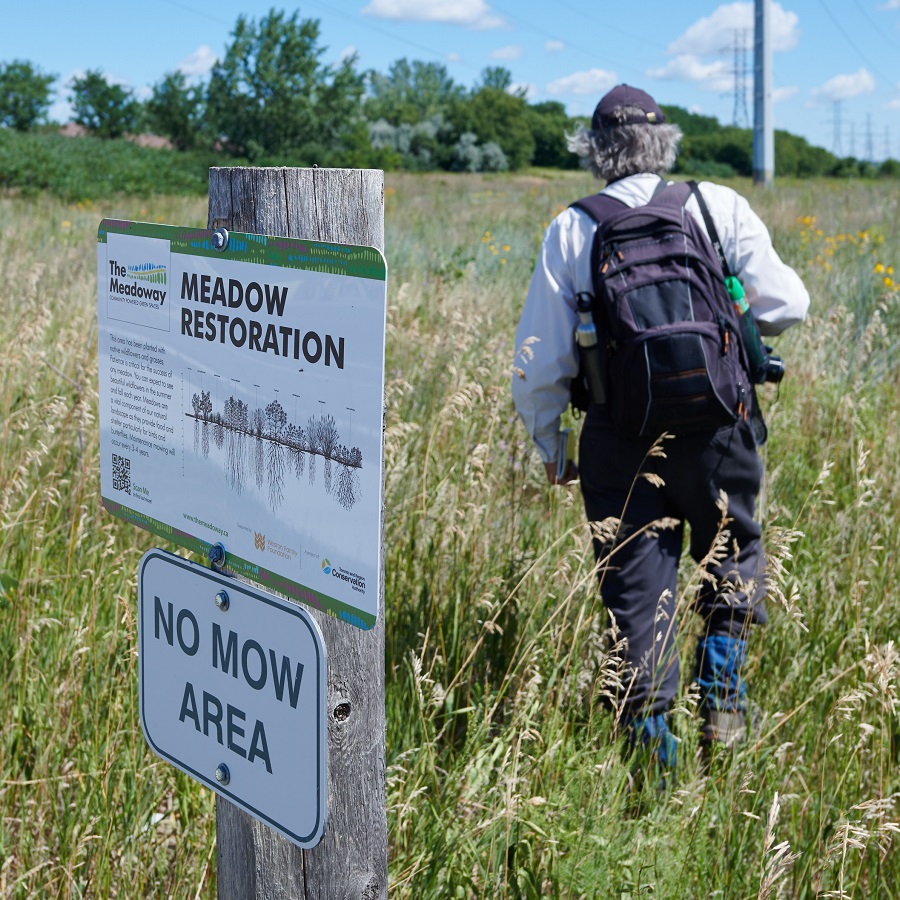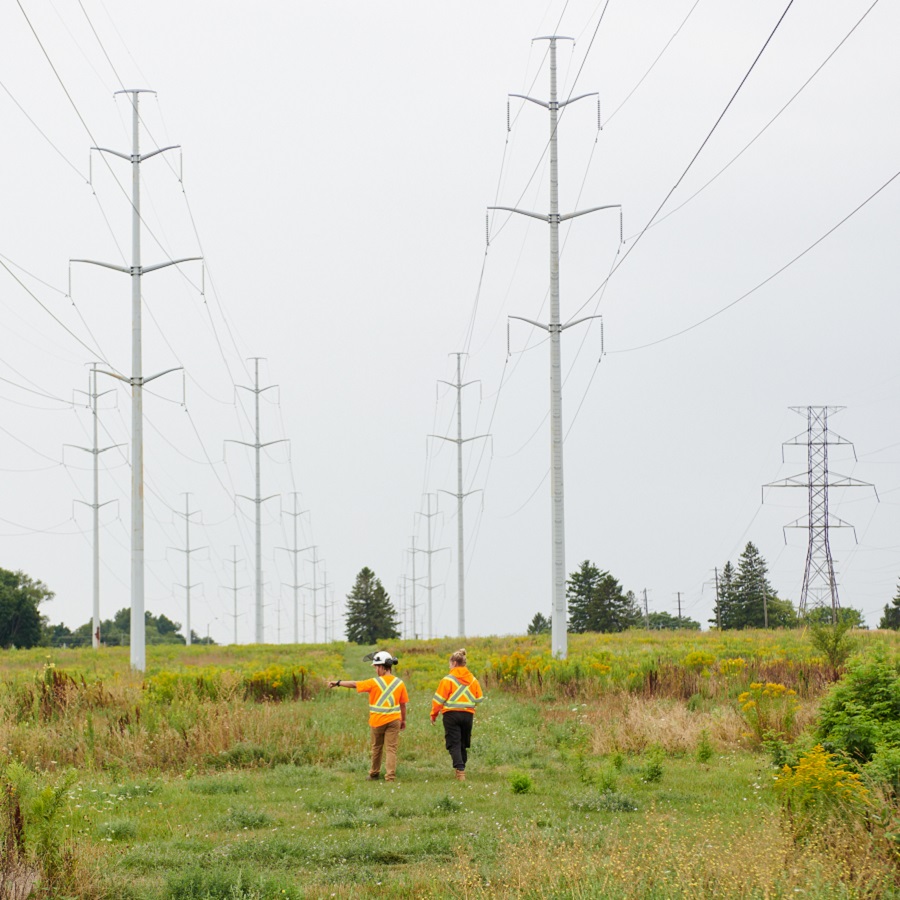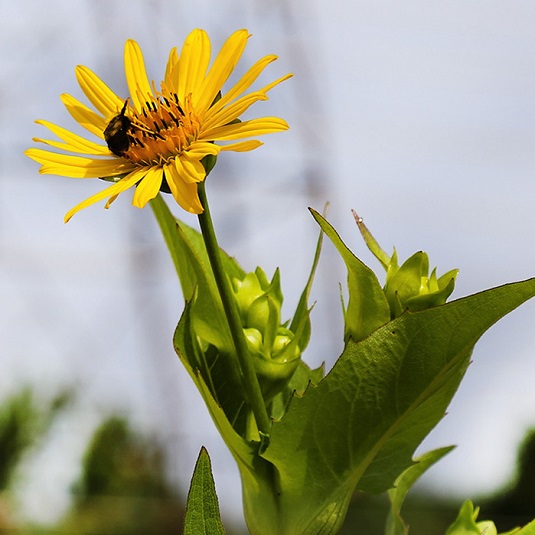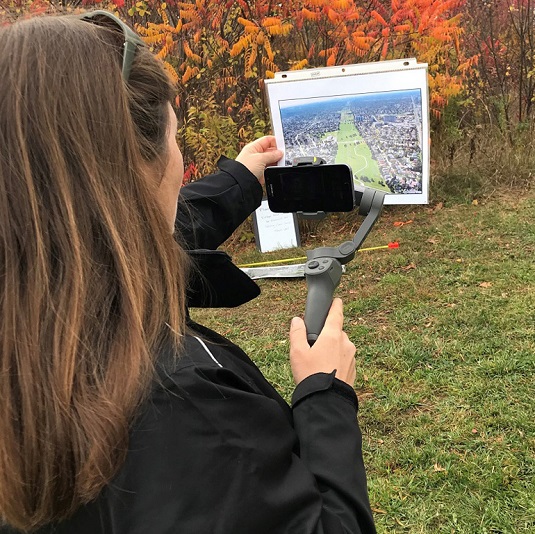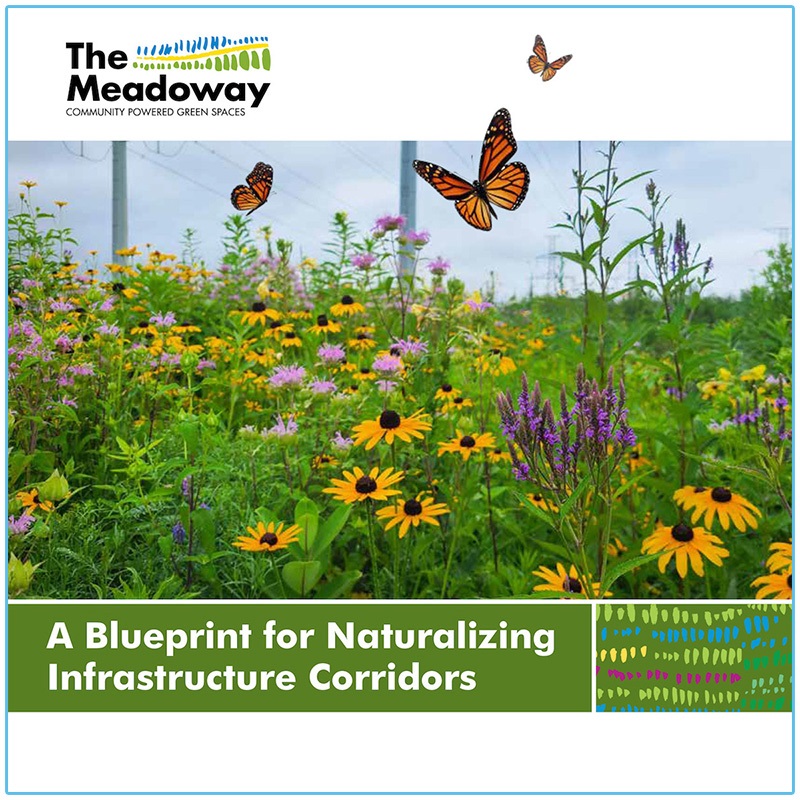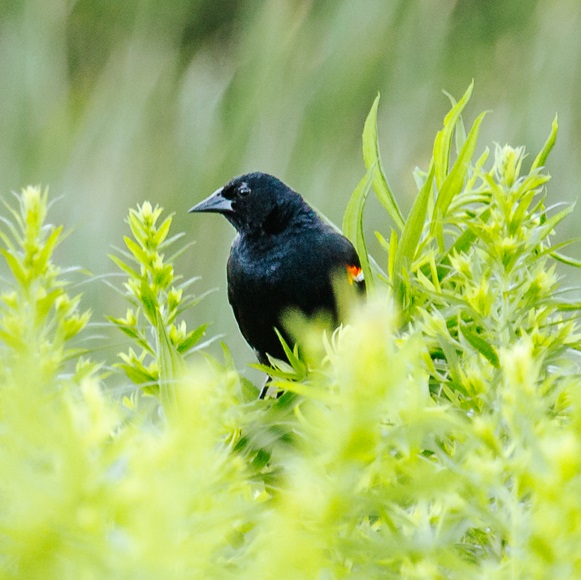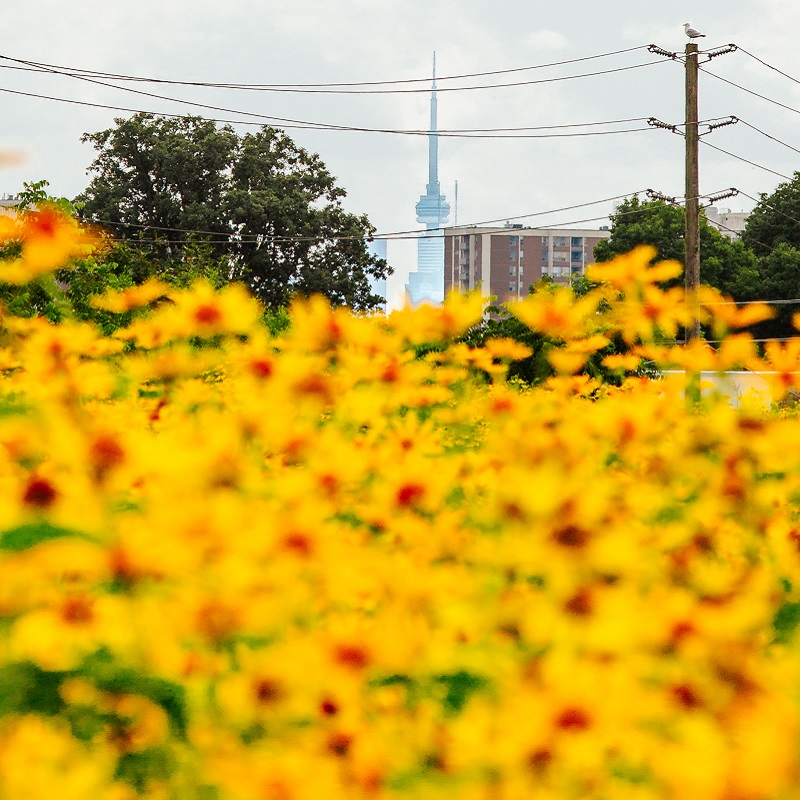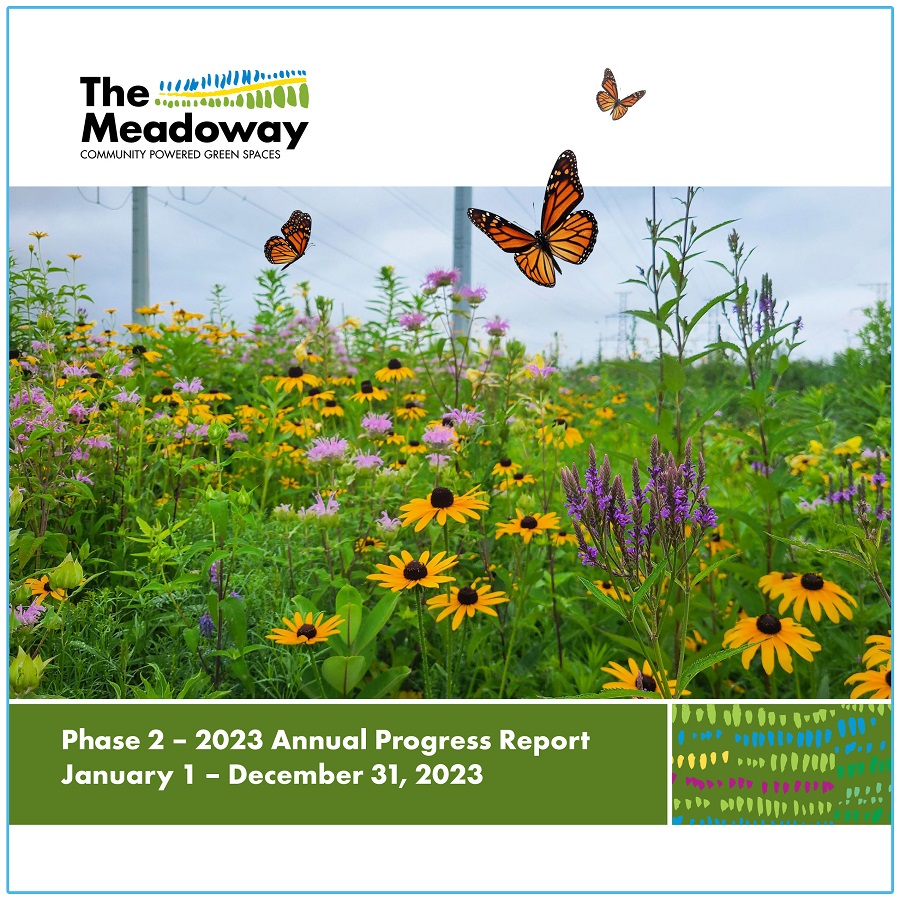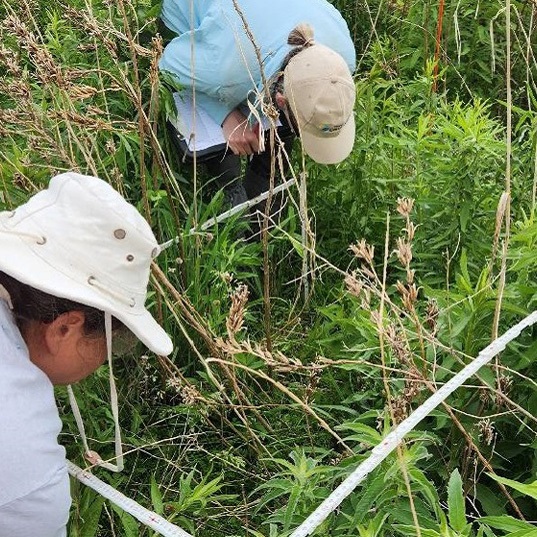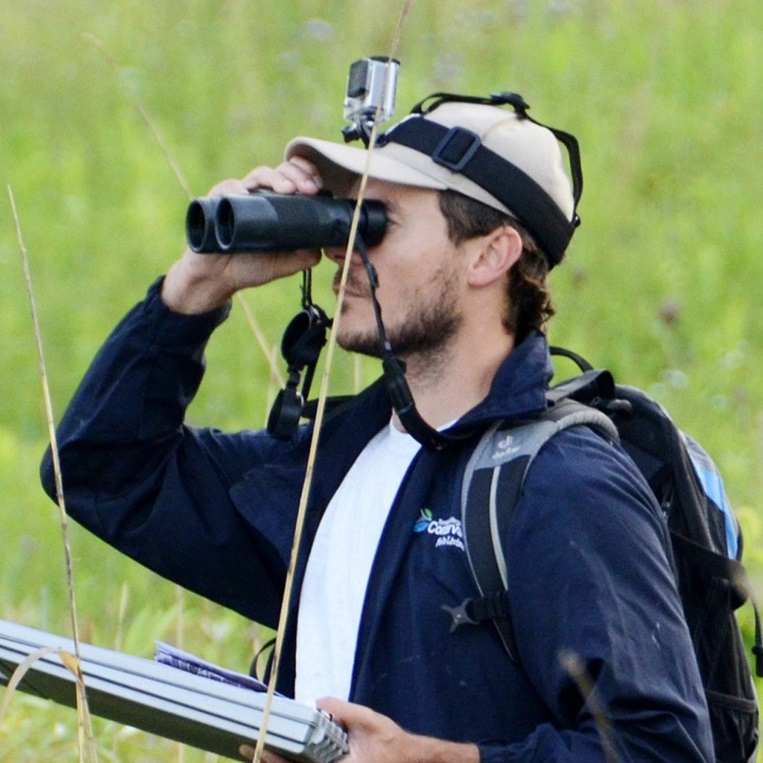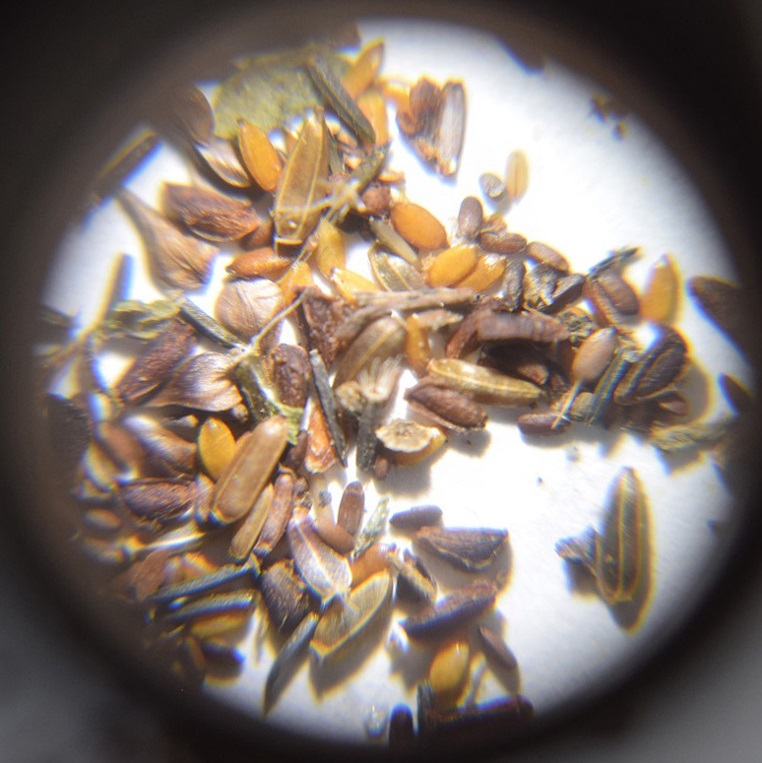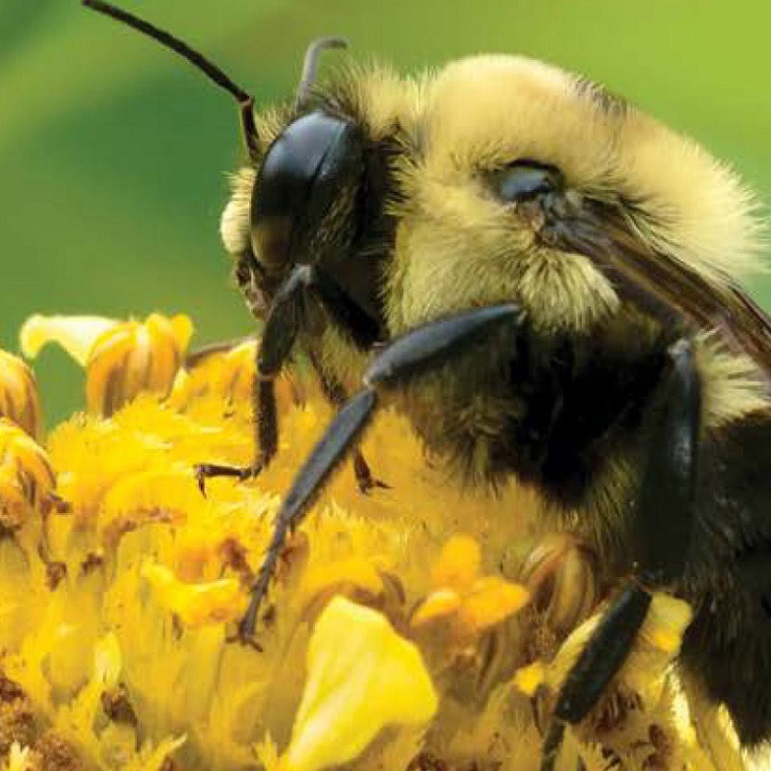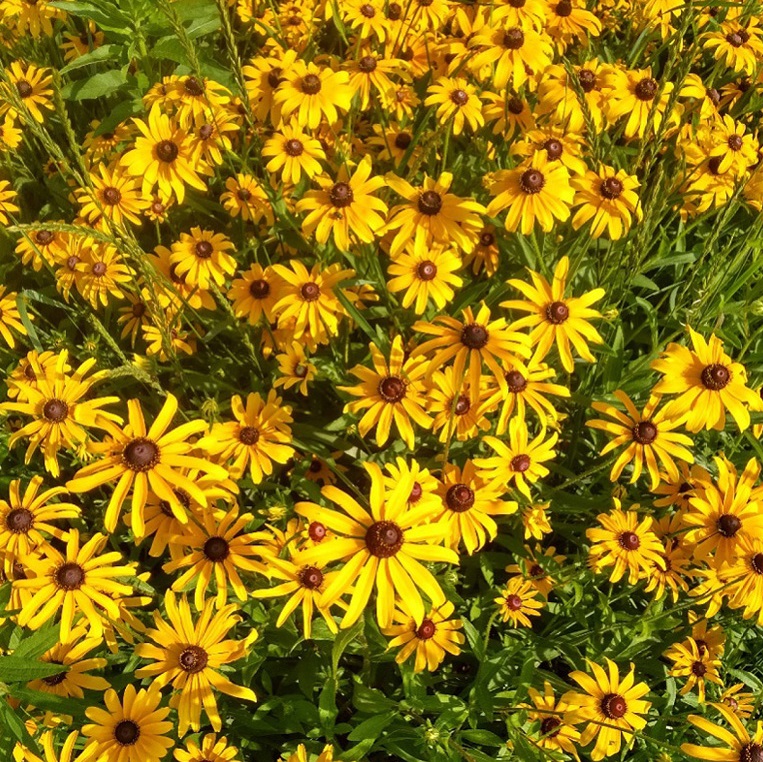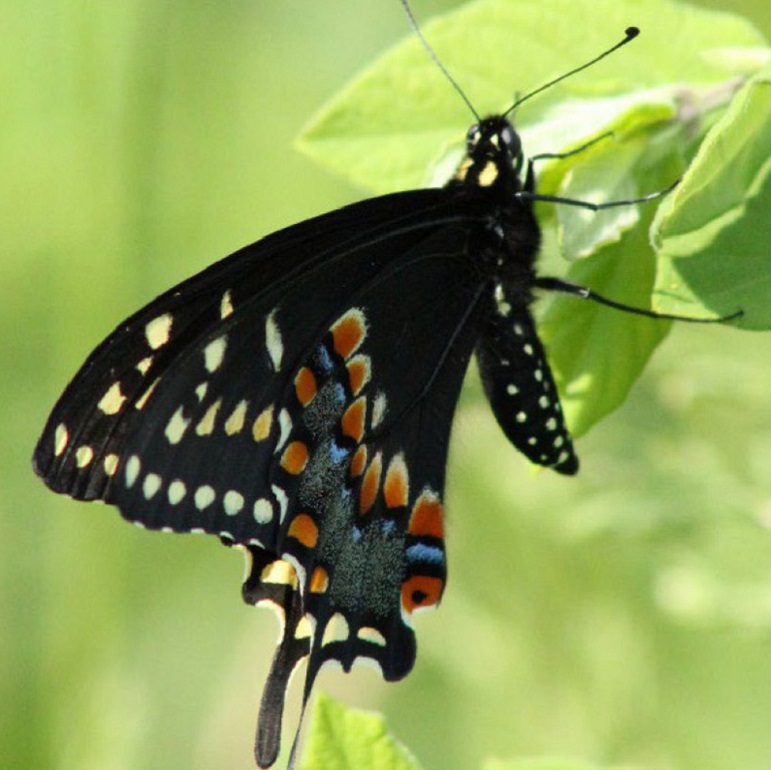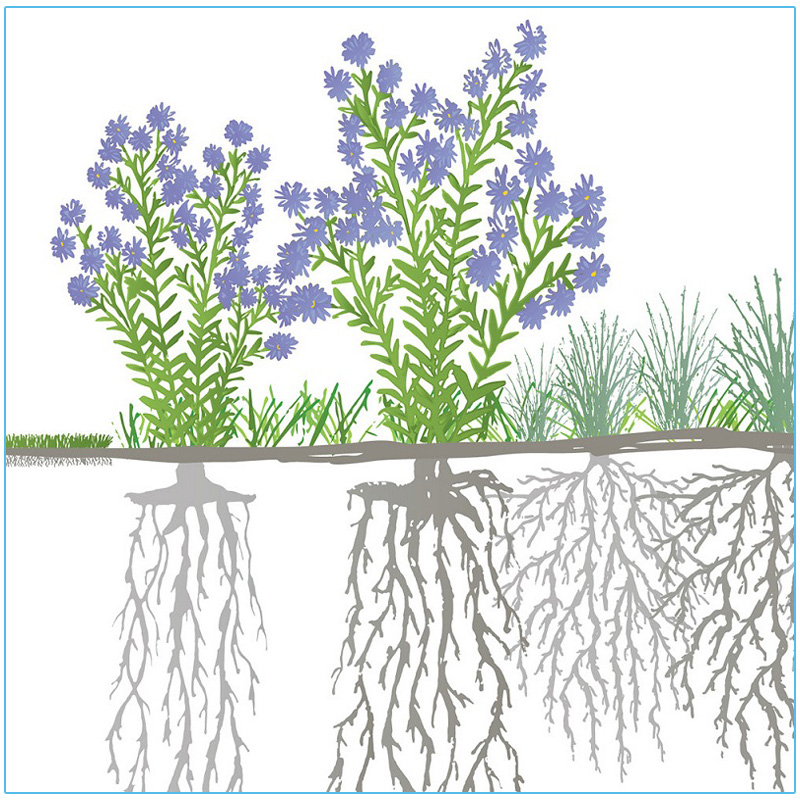Resources
MEADOW RESTORATION MANUAL
REPORTS
PUBLISHED RESEARCH PAPERS
Evaluating Rehabilitation Practices to Inform Invasion Resistance in Designed Urban Meadows
Landscape and Urban Planning – September, 2025
Efforts to restore urban green spaces (UGSs) aim to enhance benefits for both people and nature. Right-of-way (ROW) corridors, such as those beneath powerlines, offer key opportunities. By removing invasive species and introducing native plants through urban-adapted management practices, these spaces could become biodiverse UGSs in expanding cities. In this study, the authors evaluate the effectiveness of invasive species management at The Meadoway, a ROW turned 16-km linear urban park underneath powerlines in Toronto, Canada.
Assessing the Effects of Mowing Intensity on the Overwintering Stem-dwelling Insect Community of Solidago altissima L. (Asterales: Asteraceae)
Royal Entomological Society – March 22, 2025
Mowing is a commonly used and necessary practice in the management of urban meadowscapes. However, mowing is also a source of mortality for insects in these meadowscapes. This study examined how changes in mowing intensity for mows performed in late fall affect overwintering stem-dwelling insects. It also generated more information on the spatial structure of the stem-dwelling insect community in these urban meadowscapes, both within individual stems and within the broader habitat.
The Meadoway: Native Meadow Creation in Underutilized Transmission Line Corridors
Botany – October, 2024
Across Ontario, there are over 30 000 km of transmission line corridors. With proper planning and ongoing maintenance and monitoring, these corridors have the potential to be transformed into native meadow, offering vital pathways connecting natural heritage systems and supporting wildlife movement, while promoting biodiversity, natural functions, and ecosystem health. In 2019, seeding trials were established in The Meadoway to evaluate the effectiveness of herbicide treatment (glyphosate), sowing method, and sowing season on seeding success, with the goal of informing site-specific meadow creation techniques.
Effects of Invasive Plant Removal on an Urban Plant-Bee Community
University of Toronto Ecology and Evolutionary Biology – June, 2024
In the emergent field of urban ecosystem naturalization, there is a need to better understand how invasive plant removal practices alter plant-bee relationships. To address this knowledge gap, the author partnered with Toronto and Region Conservation Authority (TRCA) at The Meadoway to monitor the plant-bee community over one growing season at plots where the invasive Cirsium arvense (L.) Scop. (Asteraceae) was either removed or left to flower. The findings suggest that sites at which the invasive C. arvense is removed can support equally rich, diverse, and nested if slightly less abundant and differently structured bee communities.
Excising the Ghosts of Invasions Past: Restoring Native Vegetation to Soil Infested with Invasive Swallow-worts
Invasive Plant Science and Management – May 8, 2024
Invasive plants can gain a foothold in new environments by manipulating soil conditions through allelopathy or through the disruption of associations between native plants and their mycorrhizal associates. The resulting changes in soil conditions can affect the recovery of habitats long after the invasive plant has been removed. The authors conducted a series of greenhouse experiments to examine the effects of soil conditioned by pale swallow-wort [Vincetoxicum rossicum (Kleopow) Barbarich; Apocynaceae], on the growth of native plants. Additionally, they tested the effects of aqueous extracts of common milkweed (Asclepias syriaca L.; Apocynaceae), a related plant with known allelopathic effects, on the regrowth of V. rossicum from transplanted root crowns.
Effect of Ecological Restoration on Plant-Pollinator Networks in Urban Meadows
University of Toronto Ecology and Evolutionary Biology – June, 2022
Implementing restoration and management practices that aim to replicate natural areas within urban green spaces have been demonstrated to promote native species success and combat negative effects of urbanization, such as habitat loss. This paper seeks to determine the impacts of urban green space restoration on wild bee communities to understand how plant richness, surrounding urbanization level, and restoration age support these critically important species.
Regulating and Supporting Ecosystem Services Provided by Urban Greenspace and Restored Meadows along a Hydro Corridor in Toronto
University of Toronto Civil and Mineral Engineering – June, 2022
The Meadoway project aims to restore 200 ha of meadow habitats along the Gatineau Hydro Corridor across Scarborough, Ontario. The hydro corridor’s transition from turf grass to deep-rooted native meadow plants is hypothesized to enhance regulating and supporting services. To evaluate this hypothesis, in-situ infiltration, penetrometer tests, and soil sampling were conducted on two pre-restored turf lands and two restored meadows in 2020. The meadow restoration altered soil structure and enhanced its runoff reduction and available water capacity, and decreased soil available phosphorus. The Meadoway can potentially enhance multiple ecosystem services including flood and erosion control, and soil quality and nutrient cycling regulation.
Enhanced Hydrological Regulating Services by Meadow Restoration Supported by Rainfall Simulation Tests
University of Toronto Civil and Mineral Engineering – April 13, 2022
One possible outcome of meadow restoration efforts in The Meadoway may be an improvement in the hydrological regulating service provided by the ecosystem along the hydro corridor. This report presents the methodology and results of rainfall simulation tests used to further explore the role of vegetation on infiltration and water balances.
The Meadoway Performance Assessment Project: A Systematic Review of Evaluation Methods for Ecosystem Services Provided by Urban Greenspace
University of Toronto Civil and Mineral Engineering – February 13, 2021
This report presents a systematic review to reveal the ecosystem services (ESs) provided by urban greenspace, their key performance indicators (KPIs), and the methods used to monitor them. This review aims to find ESs possibly delivered by The Meadoway, as well as KPIs and corresponding monitoring methods used to quantify/qualify these ESs to aid the establishment of an evaluation project for The Meadoway.
